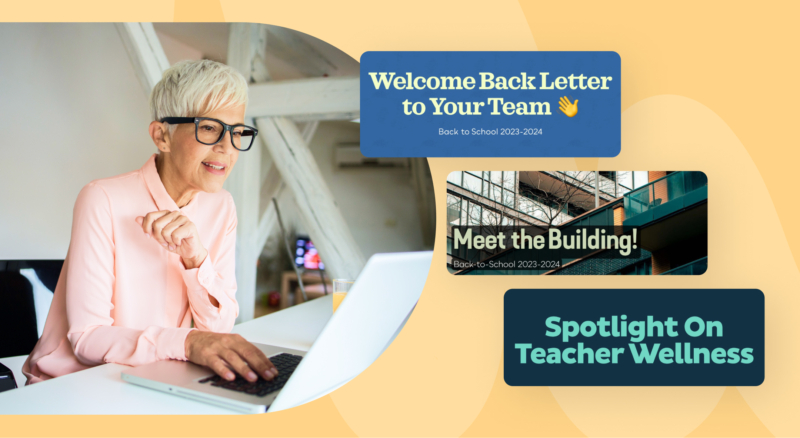Crafting Effective School Newsletters: Best Practices and Tips

A well-crafted school newsletter is more than just a collection of announcements—it’s a powerful communication tool that strengthens school-home partnerships, builds trust, and celebrates your school’s culture. Whether you’re a principal, teacher, or communications coordinator, this guide will help you create newsletters that families actually want to read.
Here are six essential school newsletter best practices to improve your communication, boost engagement, and keep families in the loop.
✨ 1. Know Your Audience: Write with Parents and Caregivers in Mind
Before you start drafting, ask: Who is this for? Understanding your audience—parents, guardians, students, or staff—helps shape your message.
Tips for audience-focused newsletters:
- Focus on topics families care about (important dates, student success stories, upcoming events).
- Use clear, inclusive language that’s easy to understand.
- Consider sending out a quick survey to ask what parents want to see in future newsletters.
📌 Pro Tip: Personalize content by grade level or classroom when possible for even more relevance.
🧠 2. Organize Your Newsletter for Easy Reading
Families are busy, so it’s essential to keep your school newsletter format clean, consistent, and easy to skim.
Structure ideas to include:
- A short welcome note or principal’s message
- Key announcements and reminders
- Upcoming school events
- Student or teacher spotlights
- Classroom highlights and photos
💡 Use headers, bold text, and bullet points to improve readability and help readers find what matters most to them.
🎨 3. Use Visuals to Tell Your School’s Story
Adding photos, videos, and visuals brings your school newsletter to life. Eye-catching imagery boosts engagement and helps families feel more connected to the school community.
Visual content to include:
- Student work or class projects
- Photos from recent school events
- Teacher or student shoutouts
- Sneak peeks into daily school life
📷 Smore makes it easy to upload and organize photos, add captions, and embed videos—all without any design experience.
🕐 4. Keep Your Newsletter Short, Sweet, and Skimmable
When it comes to newsletter writing, less is more. Clear, concise messaging ensures families get the information they need quickly.
Tips for concise school newsletters:
- Keep paragraphs short (2–3 sentences)
- Use plain, friendly language
- Link to full details on your website or blog when needed
✏️ Think of your newsletter as a conversation, not a formal report.
📣 5. Include Clear Calls to Action
Whether you’re asking families to RSVP for an event or complete a form, make it easy to take action.
Examples of strong calls to action:
- 📅 “Register for Parent-Teacher Conferences”
- 🎥 “Watch Our Spring Concert Replay”
- 🎉 “Volunteer for Field Day—Sign Up Here”
Add buttons or bold links to make actions stand out. This improves both clarity and engagement.
📊 6. Track Performance and Improve Over Time
Use analytics to understand what’s working. With Smore’s built-in newsletter analytics, you can track:
- 📬 Open rates
- 🔗 Click-through rates
- 📱 Device types used by readers
This data helps you refine your approach, identify popular topics, and determine the best times to send your newsletter.
🎉 Ready to Create a Great School Newsletter?
Your school community deserves clear, consistent communication—and you deserve tools that make it simple. Smore helps you create beautiful, effective school newsletters in just a few clicks.
👉 Start your next newsletter in Smore and make your next update your best one yet.





